
Records for heat waves and drought seem to be broken regularly now. Many areas of the country are affected by these changes, primarily the South. As a gardener in the Dallas area, I can safely say that we have been right in the cross hairs of worsening drought for years.
Three things you can do in the garden to protect against drought
I’ve had more than a few lessons in dealing with dry conditions and heat on an amazing scale, such as the 2011 drought that caused wildfires across Central Texas. As such, I have a few tips for how to get through the worst of it.
1. A drip-irrigation system provides consistent moisture
We all know that a very effective way to provide consistent moisture to your plants is a drip-irrigation system. Here are some of the advantages this method has over handheld tools or sprinklers:
• It applies the water right where the plants need it—at the soil surface.
• Almost no water is wasted through evaporation.
• The system can be automated with a timer.
• Lots of options are available in stores or online.
• It is relatively easy to set up.
I’m embarrassed to say that it took me TEN years of gardening here to finally install such a system. The incredible conditions of this year called for drastic measures to be taken. I purchased a system from DIG (digcorp.com) at my local home center. When I say “system,” I don’t mean a kit that had everything I needed in a box. Rather, it was all of the different components (hoses, connectors, nozzles, clamps, etc.) purchased separately. In addition, I set up the system in phases. Since I was only using half of the raised beds at the time, I didn’t worry about irrigating the empty ones until I started to plant fall crops in them. The reasonable amount I’ve spent wasn’t too bad, considering that my garden is over 1,200 square feet.
2. Shade heat- or light-sensitive plants with coverings
While I can’t control the constant oppressive heat, I can control the amount of sunlight some of my more sensitive plants receive. I had already built bug protection screens around most of my fall leaf crops, as they were a favorite meal for pests. This made for a natural support in which to hold a shade cover.
I used regular tan burlap purchased at a fabric/craft store and anchored it down with staples. If I had to separate or space out seedlings that I had thinned out (lettuce in particular), I gave them full shade for two to three days. Once they were over the transplant shock, I adjusted the burlap covers to give them more sun. In some cases, I only covered the side of the raised bed that got the more intense afternoon sun, allowing the plants to receive sun during the cooler morning hours.
3. Mulch to help retain soil moisture
With the drip irrigation and shade covers in place, the last form of protection was mulch. As soon as most of my plants were large enough, they received a 1- to 3-inch layer of mulch made from grass clippings and chopped leaves. I routinely checked the soil under the mulch to make sure it was holding moisture well.


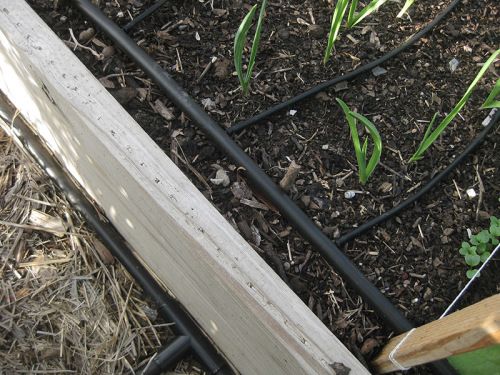

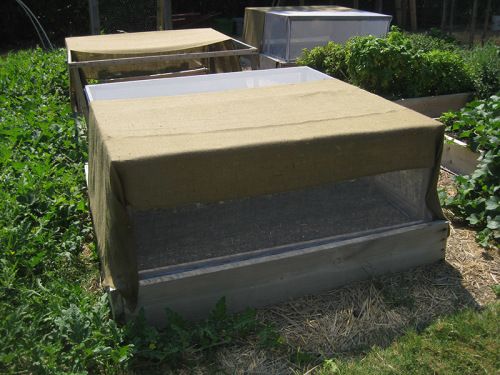
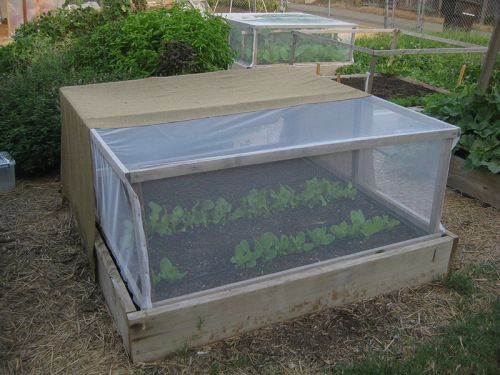
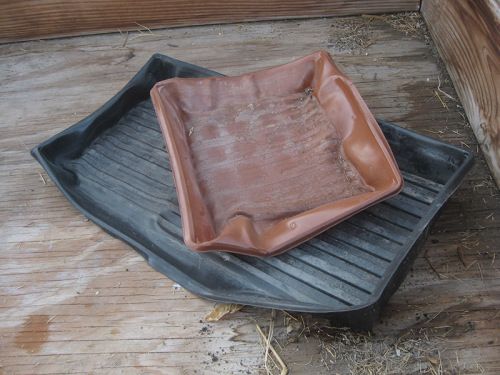
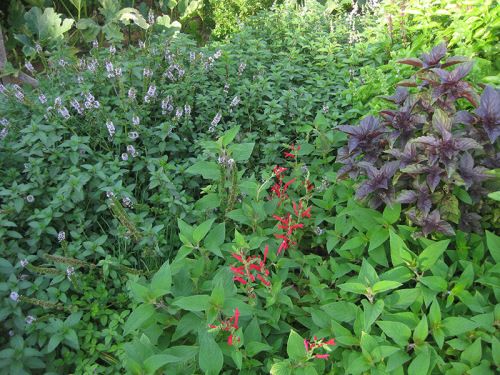
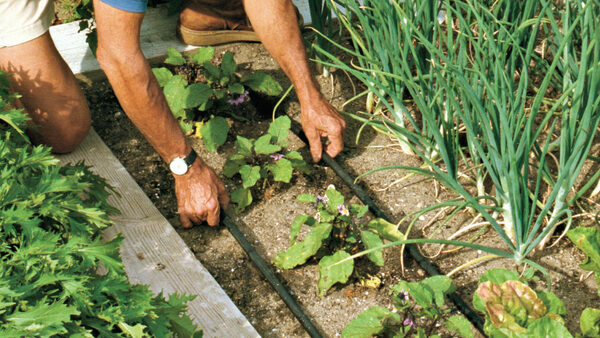















Comments
Log in or create an account to post a comment.
Sign up Log in